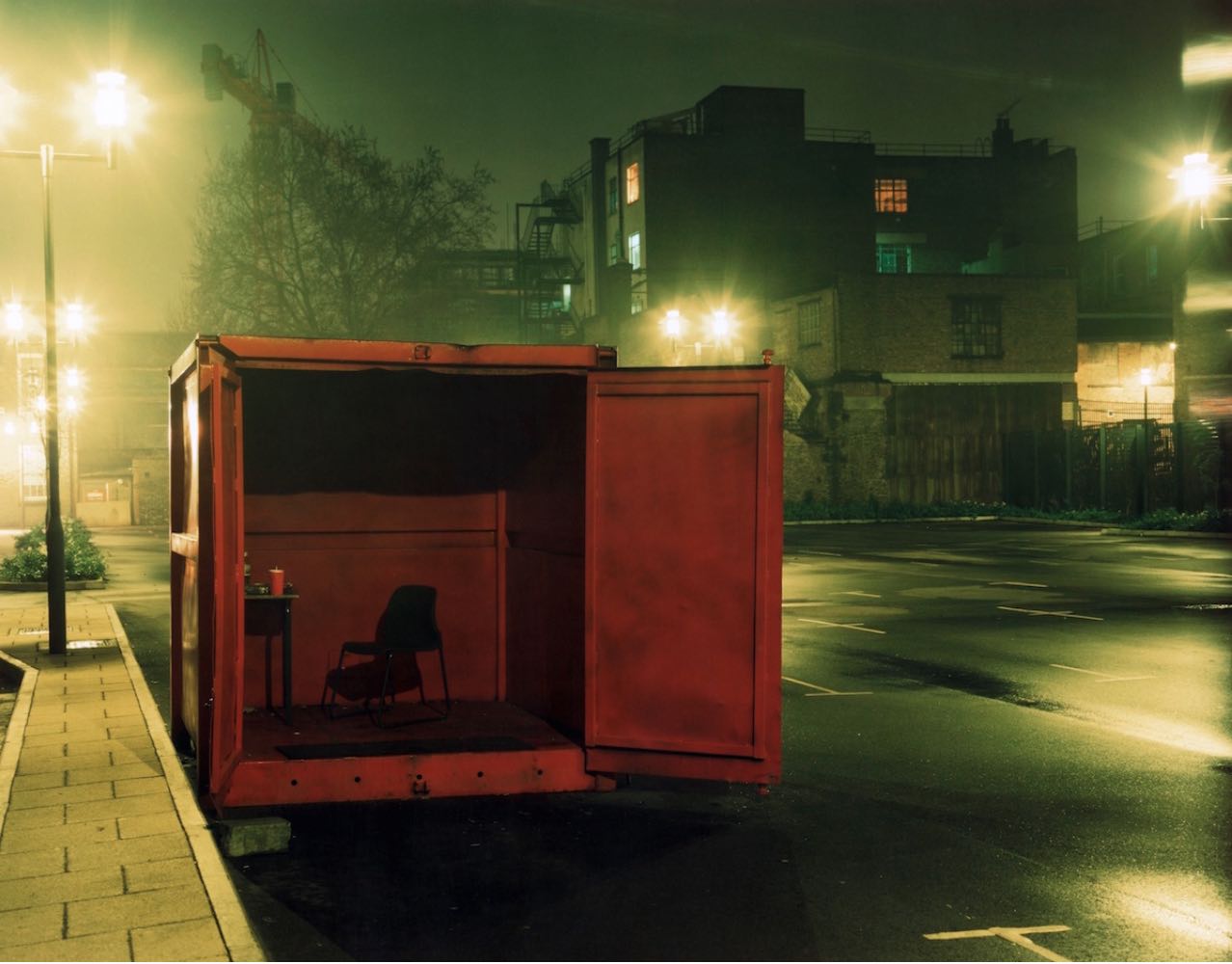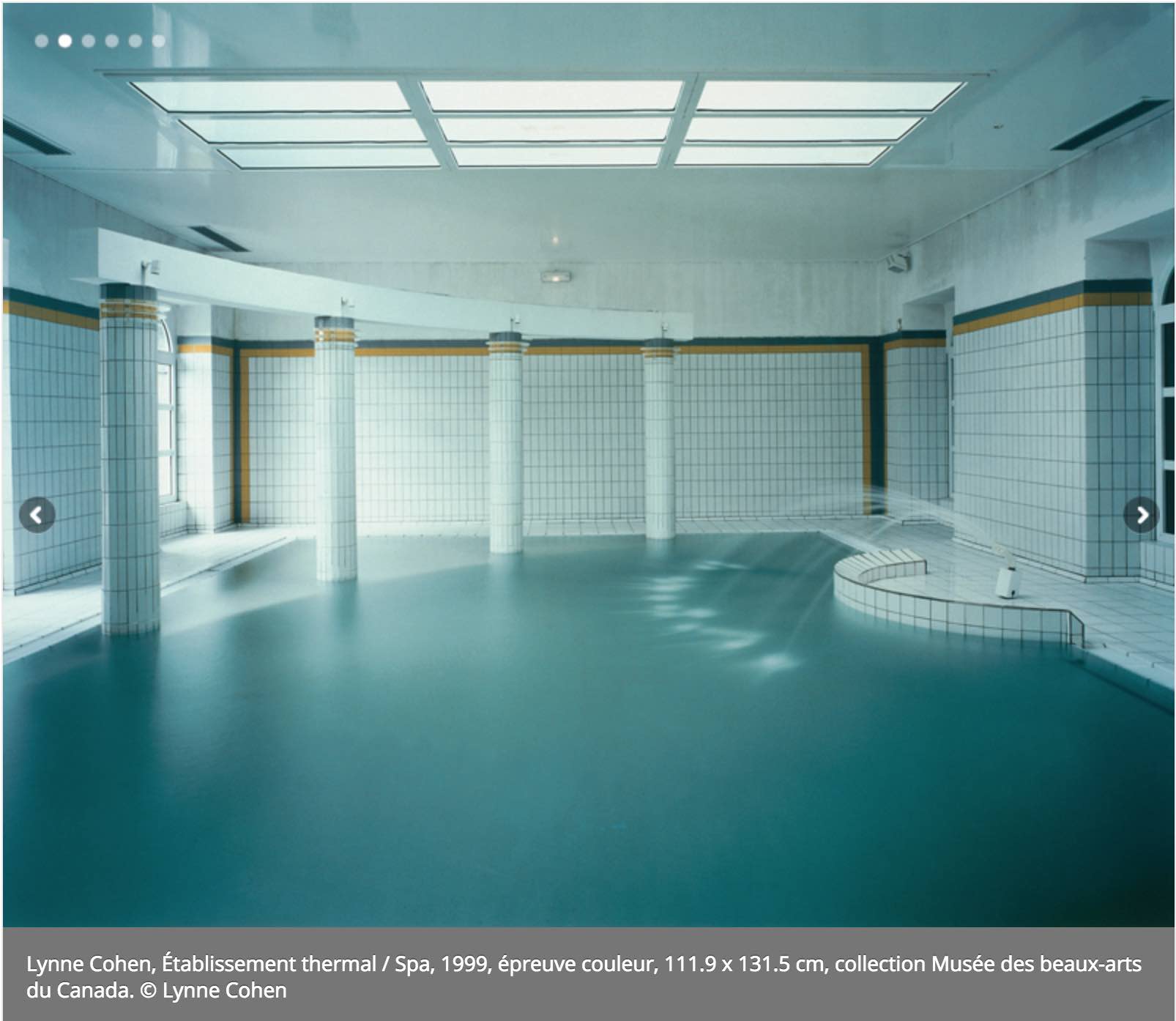I’ve obviously been pretty down on the development of my project work during this module, feeling very much like I’d reached a creative dead end. I’ve been working in the background trying to find a key that unlocks things and today, due to a tutorial with Dr Steph Cosgrove, feel like I’ve been able to make some real progress.
I’ve been trying to attack the problem from different angles – reading around the subject trying to understand the issue of solitude more, as well as looking at the work of other practitioners who have a strong grasp of narrative and creating suggestive images.
I recently finished reading the book How to Be Alone by Sara Maitland.
Maitland deconstructs the state of solitude, giving it a historical context and arguing that the perception of solitude has changed over time as the winds of prevailing culture have changed. She argues for the numerous beneficial aspects of solitude and draws from her personal experience, having gradually migrated towards an increasingly solitary existence over a number of years and now lives in a very remote part of Scotland.
She asks:
“How have we arrived, in the relatively prosperous developed world, at least, at a cultural moment which values autonomy, personal freedom, fulfilment and human rights, and above all individualism, more highly than they have ever been valued before in human history, but at the same time these autonomous, free, self-fulfilling individuals are terrified of being alone with themselves? Think about it for a moment. It is truly very odd.”
Her basic premise is that solitude is a state from which many benefits can be derived and as such everyone should try it. She gives suggestions for ways that people can gradually expose themselves to increasing periods of separateness and offers pointers for ways to optimise this time.
Maitland’s book is uplifting for being determinedly, but not unreasonably, positive about the benefits available from seclusion (e.g. increased creativity, increased self-knowledge and self-confidence). She describes her life of great isolation, from which she has derived numerous benefits which seem to have made her a happier, more centred and more productive person. A generally more functional person in fact.
Reflecting on this in terms of my project, I’m even more certain of the importance of reflecting the positive aspects of solitude in the work (as well as the more readily-perceived negatives). I personally find a lot of refreshment in solitude, and suffer if I’m unable to have periods of isolation with relative frequency. It would be dishonest then to fail to reflect this in the work, particularly as I am committed to a more revelatory approach to creating these images. Also, having a broader historical understanding of the way being alone is perceived and how that has changed over time, is useful in reflecting on ways to further explore and represent this state visually.
Taking advantage of a random day off today I finally managed to catch up with Dr Cosgrove for a tutorial. It was an incredibly productive meeting as she was able to very quickly and perceptively open up new avenues of investigation that will no doubt help me to rethink how I present my ideas for this project. Amongst a number of suggestions, the one that immediately struck a chord was the idea of shooting interiors – something I’ve never really done before (at least not since I very first took up photography). Dr Cosgrove referenced the work of practitioners I had been previously aware of such as Rut Blees Luxemburg,
Narrow Stage - Rut Blees Luxemburg
as well as pointing me towards the work of photographers I had not come across before, such as Fred Cray and Lynne Cohen.
The work of Lynne Cohen
These little breadcrumbs have sparked off further ideas that I aim to pursue over the coming weeks. I can also say that my sense of how I can create narrative is starting to settle and solidify in my mind. As is often the case, it took an objective outsider’s perspective to steer me back on course and point the way forward, for which I’m super grateful. Now to make it all count!
References:
MAITLAND, Sara. 2014. How to Be Alone. London: Macmillan.
BRITISH JOURNAL OF PHOTOGRAPHY. 2018. ‘London: A visual love song’. British Journal of Photography [online]. Available at: http://www.bjp-online.com/2018/02/rut-blees-luxemburg-modern-project-liebeslied/ [Accessed 23 March 2018].
MIZGALA, Johanna. 2002. ‘Lynne Cohen, No Man’s Land: The Photographs of Lynne Cohen’. CIEL VARIABLE [online]. Available at: http://cielvariable.ca/en/issues/ciel-variable-58-nudes-and-portraits/lynne-cohen-no-mans-land-the-photographs-of-lynne-cohen-johanna-mizgala/ [Accessed 23 March 2018].


